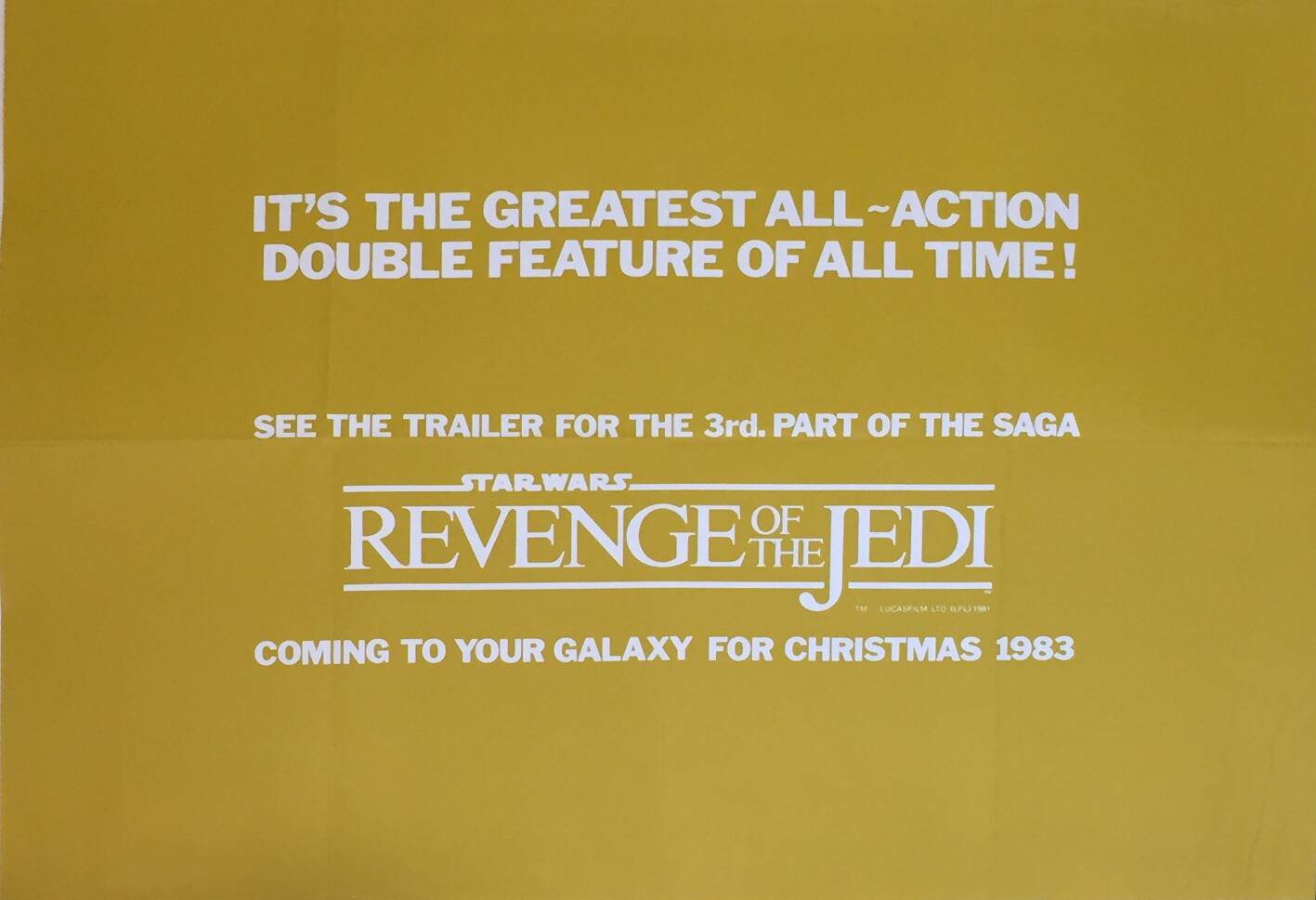Bobson Dugnutt said:
stretch009 said:
Google is your friend.
It really wasn’t, I thought it was some other private tracker like Myspleen but then there were different providers and fees and I found more questions than answers
RU.08 said:
You can use a free provider like free-usenet.com, the only catch is the download rate is limited to 1Mbps so it will take a while to download.
I got as far as making an account installing BinBar, but now it wants a host and a port. I’m hopelessly clueless about this sorta thing.
Oversimplified version of usenet.
Usenet/Newsgroups are a way people share messages and files, it predates the world-wide-web, and was how us old farts used to chat back in the day.
Now its mostly used for sharing humongous files.
Basically, there are providers out there that have big servers that hold the files, and they hold them for a period of time. Cheap/free providers might keep the files for a few days, paid providers for up to 3 years or more.
The advantage over torrents, it is not peer-to-peer, i.e. you aren’t dependant on anyone else to keep sharing the file, and you also (with a good provider) can download at the full speed of your connection, I get 40Mbs downloads typically, so a 45GB blu-ray file takes about 2.5 hours to download.
To download a file from Usenet, you need a usenet client (like you need a bittorrent client to download a torrent) some popular ones are SnelNL, Grabit, Sabnzb, NewsbinPro, Newsleecher etc. SnelNL & Sabnzb work well on OSX.
You install the software, configure the server settings to match the settings that your Usenet provider supplies you, and set where you want your downloads to go etc.
Then you use a usenet search engine to find the files you want to download. If you have ever downloaded a torrent, you know that typically you download a small .torrent file and open that with your bittorrent client which then goes and downloads all the files. With usenet it is similar, you download a .nzb file, which you load into your Usenet client software, and it then goes and downloads all the files.
That’s about it really. There is a very out-dated, but still good guide here (https://www.lifehacker.com.au/2010/08/how-to-get-started-with-usenet-in-three-simple-steps/) to help you understand the process.
Usenet is much faster, more reliable and you don’t get stuck waiting for peers or have downloads stuck at 95% 😃
Hope that helps, if you have any other questions, I’d open a thread in the technical sections, or drop me a PM.
Now back to our regular scheduled programming.



